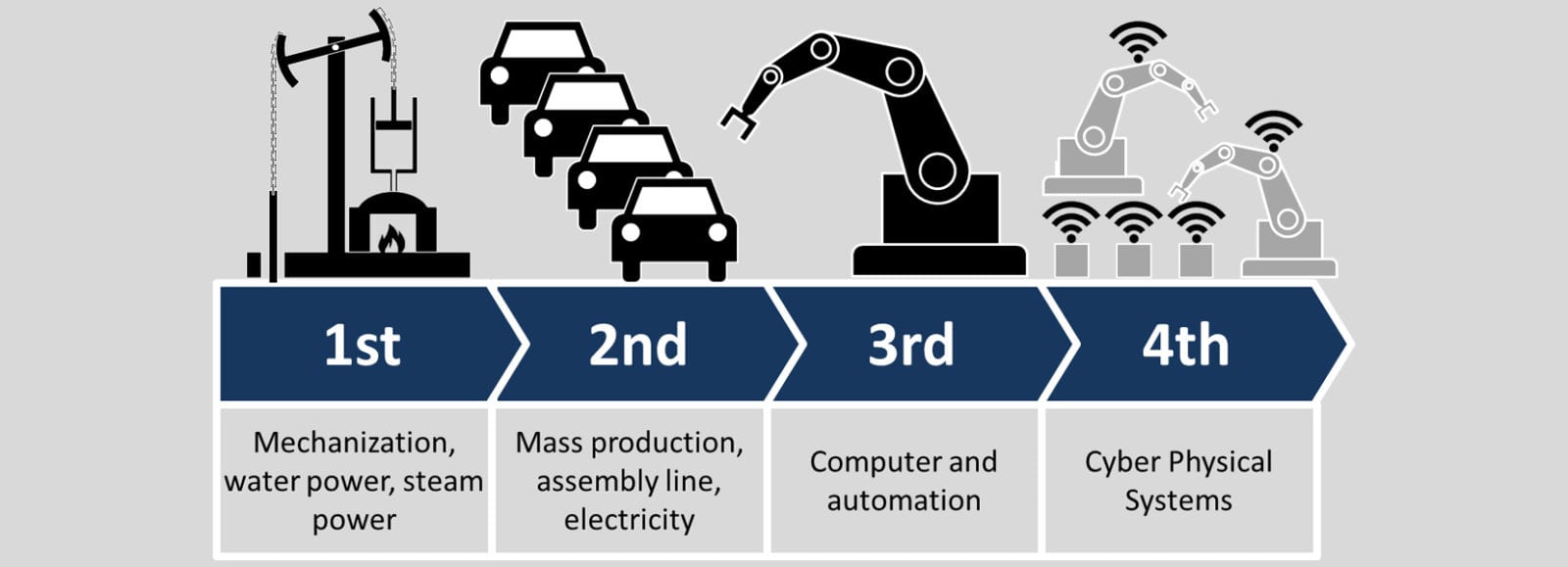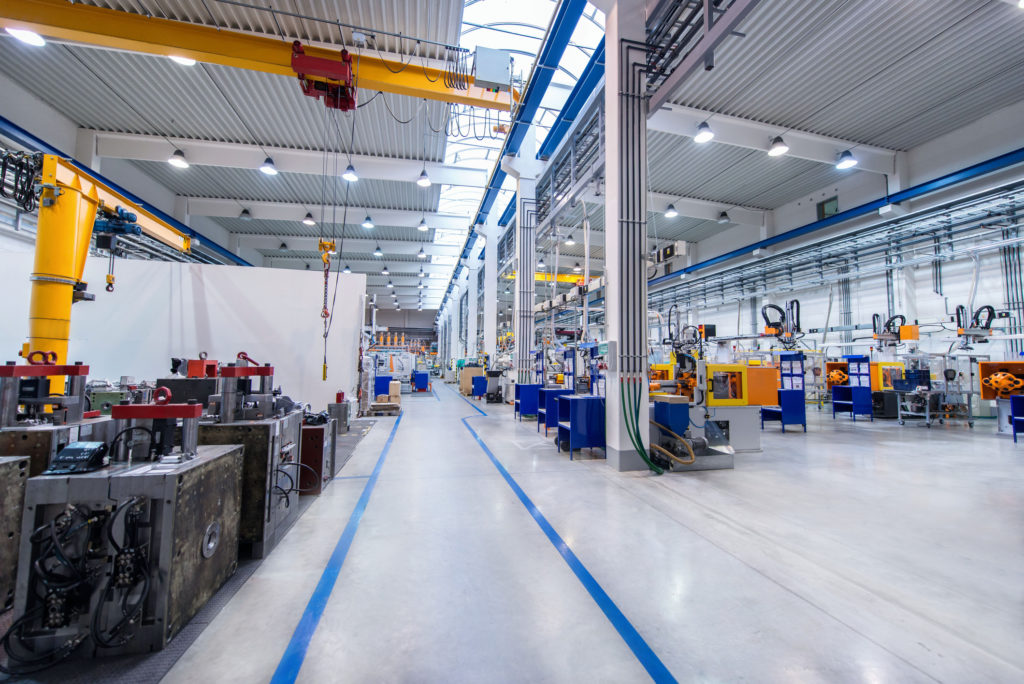What is the Fourth Industrial Revolution?

Industry 4.0 or the Fourth Industrial Revolution are the new buzzwords that refer to the use of advanced computing, sensors, simulation, and additive techniques in manufacturing. They are largely synonymous with digital manufacturing and smart manufacturing. These techniques are supposed to provide greater customization, as well as faster design modification and personalization.
As opposed to Industry 3.0, which used computing and automation, Industry 4.0 adds intelligence and rapid prototyping along with decentralized decision making. This not only involves new techniques like additive manufacturing but technologies like 3D scanners as well as decision support and data management technologies.
Industry 4.0 evolves to instrumented “smart factories,” which can detect faults during the manufacturing process as well as adjust workspace lighting conditions based on the activity below. These capabilities are based on sensor networks and are commonly referred to as the “Internet of Things” (IoT).

Industry 4.0, like IoT, has various challenges and sweet spots. For relatively fast-paced developing items, being able to customize, personalize and rapidly prototype changes is essential. However, a lot of what is produced in the world is already relatively modular and doesn’t actually change or get replaced often enough for advanced capabilities.
Manufacturing as a whole has to deal with supply chain complexities. Industry 4.0 may in some cases be limited by which component manufacturer down the chain can adapt to. Moreover, the costs of measuring quality and defects when rapid prototyping and changes are taking place across a multinational supply chain, may outweigh the benefits when compared to more stable “Industry 3.0” practices.

Industry 4.0 answers some of these challenges with technologies like “predictive quality”. By using sensor and other data, AI and analytics can detect sources of scrap as well as defects or lower quality output. In today’s manufacturing, these predictive quality tools have to be networked across the supply chain and include data from contract manufacturing organizations (such as Foxconn) in order to be effective.
Industry 4.0, smart factories, and digital manufacturing can be seen as the logical next steps as computing and manufacturing technology have evolved. Industry 4.0 basically extends current techniques by:
Using computer aided design (CAD) technology then simulating stress testing
Deploying sensor networks then adding AI to analyze the data
Using additive and automated manufacturing technologies, making incremental changes in the physical world then re-digitizing them
Using data management and communication technologies to distribute decision making and manage quality across the supply chain
As this fourth industrial revolution takes hold, companies of all industries must take advantage of the capabilities outlined above to satisfy customers and stay ahead of the competition.
Next Steps:
- Read: What is digital manufacturing and why should you care?
- Read: Adding Analytics for Better Search
- Contact us, we’d love to help.
*Header image by Christoph Roser at AllAboutLean.com.
LEARN MORE
Contact us today to learn how Lucidworks can help your team create powerful search and discovery applications for your customers and employees.